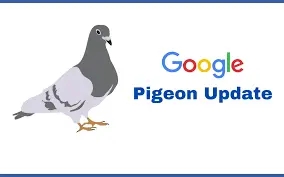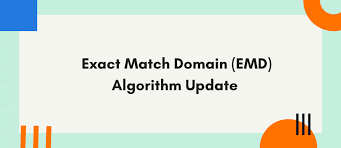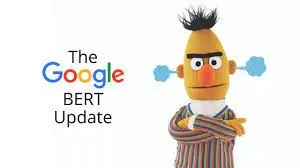Google algorithm is the set of rules and formulas that Google uses to decide which websites to show at the top of its search results.

It considers certain factors like website quality, relevance and user experience to provide the most helpful and accurate search results to user. Here I am discussing some major and minor algorithms. These both algorithms will work together to ensure that Google’s search results are relevant, high-quality, and useful to users.
Panda Update

It is launched in 2011. Algorithm update against content spamming. Formerly known as Farmer Update. It is aim to reduce the ranking of low quality, thin content and reward high quality websites. Content spamming activities include content plagiarism (copy the content), content duplication, low quality content, content spinning, content automation, containing low quality content with spelling mistakes and grammatical mistakes. In 2014 panda update, added Panda as a permanent filter to their main algorithm.
Penguin Update

Introduced in 2012. Algorithm against link spamming activities. Activities include paid links, link exchange, link farming, (creating links by using certain software mechanism), link scheme, comment spamming, Wiki spamming, taking links from directories and websites with low content quality, forum posting, guest blogging. It Impacts websites using unnatural link building practices, suffered ranking penalties. In 2016 updates are made and launched penguin 4.0. In this, it made real time punishable.
Pigeon Update

Launched in 2014. It is designed to enhance the accuracy and relevance of local search results/ local SEO. Tips for local SEO – create Gmail account and create google profile business and verify in it. If we are maintaining a specific page with focus keyword then we should add our address, pin code, phone number in it. Also add in directories like just dial. We have to embedded map in pages like contact page/about pages. If we are maintaining social media pages, the comments, likes, and interactions should be from the local audience. If so, the chances of ranking will increase. The impact of this update is that it influenced the ranking of local businesses in Google Maps and standard Google search results.
Hummingbird Update

It is introduced in 2013, give importance for semantic search (focused on understanding user intent and context in search queries, providing more accurate and relevant results). The impact made is, it improved search results, especially for long and conversational queries.
Rank Brain Update

Rank Brain is a part of Google’s search system that uses artificial intelligence to understand what people are looking for when they search online. It was introduced in 2015. Will try to understand the search query correctly. This makes it easier for Google to show the right results, especially for unusual or unique searches. By understanding the intent behind search terms, Rank Brain helps deliver more accurate and useful information.
Mobile Geddon Update

Introduced in 2015. Another names of Mobilegeddon are Mice Update, Mobile Friendly Update. Google favored websites in mobile search results, ensuring a better user experience on mobile devices. They did that to get quality and relevant results, text is readable without tapping/zooming. Tap targets are spaced appropriately and pages avoid unplayable content or horizontal scrolling.
Parked Domain Update

Parked domain is when the domain is purchased and does not become a website for the time being. At that time, Google used to rank these websites. After the update, it has been changed.
EMD (Exact Match Domain)

Introduced in 2012. The Exact Match Domain (EMD) update targets websites with domain names that exactly match popular searches but have poor quality information. Before this update, these sites could only rank because of their domain name. EMD updates reduce their rankings to ensure better and more relevant search results for users.
Possum Update

Possum update, introduced in 2016, and it modifies local search results to provide different relevant listings based on a user’s location. It removes duplicate listings and ensures that businesses in nearby areas have a better chance of appearing in local search results.
Fred Update

Introduced in 2017. It is against aggressive monetization. The Fred update lowers the rankings of websites that prioritize ads over useful content, aiming to boost the quality of search results.
Pirate Update

It is designed to target websites that violated copyright laws. It involves in distributing facilitating the download of digital media such as movies, music, software and copyrighted content. Furthermore, it uses DMCA complaints, which are formal requests from copyright owners to remove their content from such sites. This ensures that searches prioritize websites that respect copyright law and provide users with legal information.
BERT Update

Full form of BERT is Bidirectional Encoder Representations from Transformers. The BERT update by Google improves how the search engine understands the context and meaning of words in search queries. It uses advanced language processing technology to identify complex sentences and understand the intent behind them. This helps Google to provide more accurate and relevant search results.
Medic Update/ EEAT

Introduced in 2018. EEAT stands for Experience, Expertise, Authoritativeness, and Trustworthiness. The Medic update boosted rankings for health and medical websites that showed expertise and trustworthiness. It focused on ensuring users find reliable information when searching for health advice online.
I have published a blog post on Bing Webmasters Tool
Leave a comment